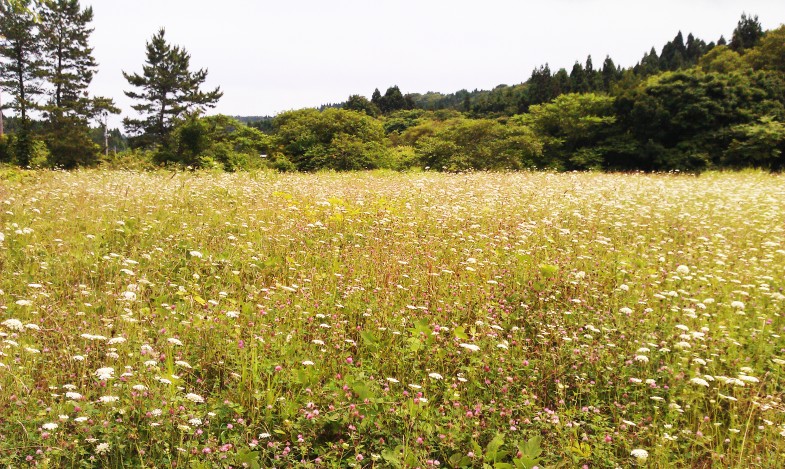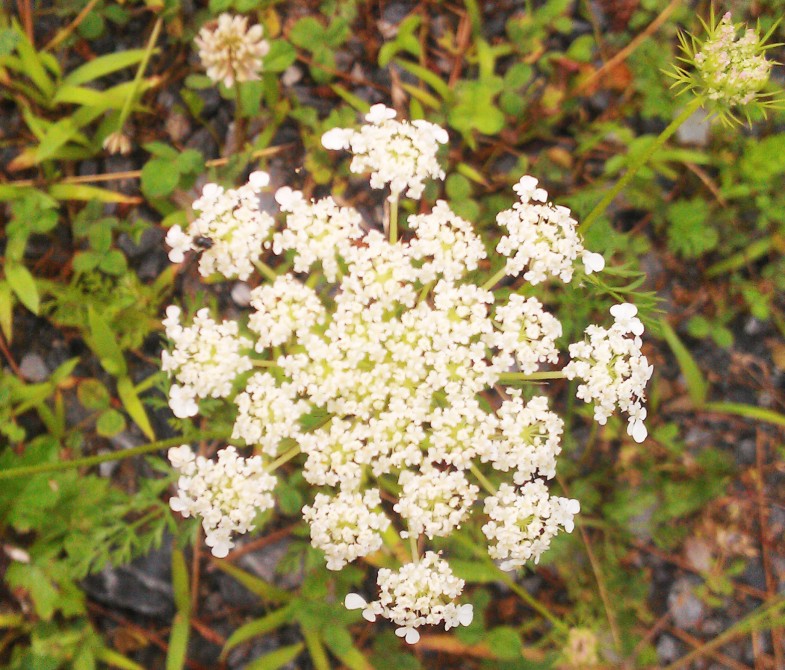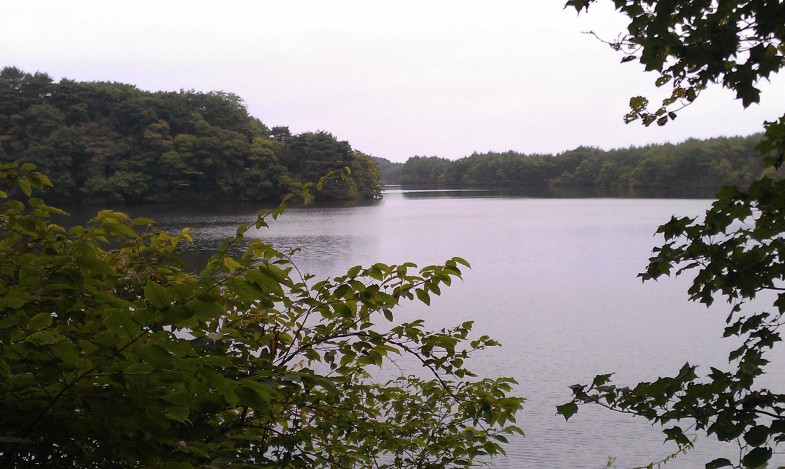
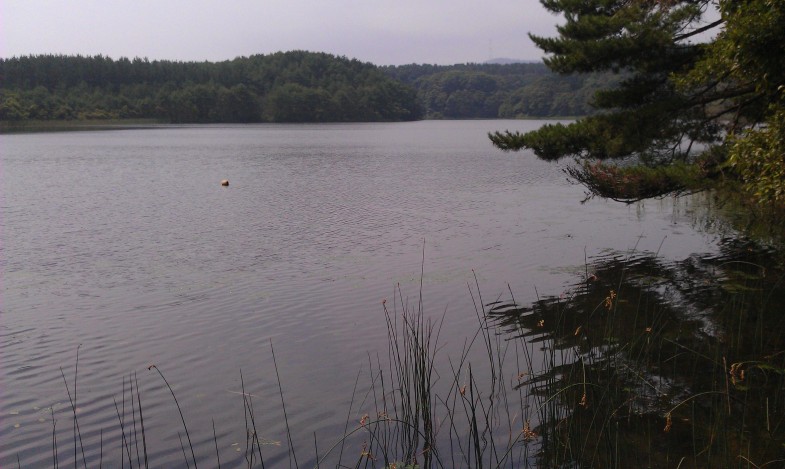
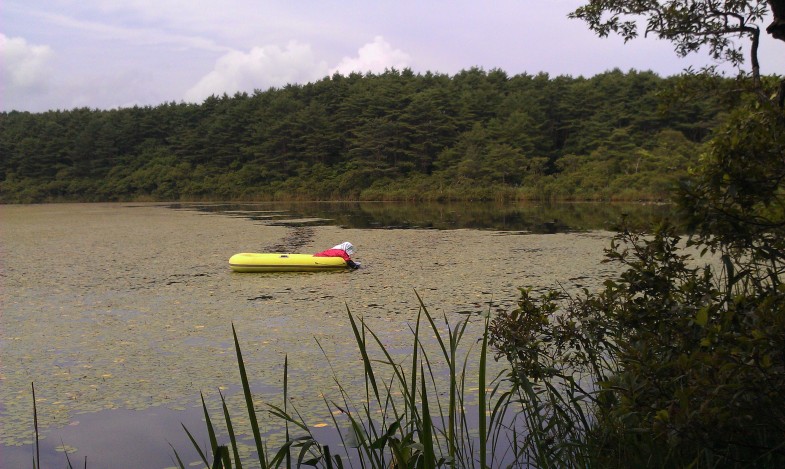
"זאַמד דון לייק" איז אַ זאַמדיק ברעג וואָס פארמען אַנדוליישאַנז רעכט צו דער ווינט.、דאס זענען פריש וואַסער זומפּס וואָס זענען געוויינטלעך געשאפן ווען ריווערס לויפן אין דעפּרעסיע (Sagata, Niigata Prefecture, אאז"ו ו)。אונטער וואַסער זאַמד שוועלז אַרויף ווי אַ עמבאַנגקמאַנט רעכט צו אָקעאַן קעראַנץ און כוואליעס, בלאַקינג די אַרויסגאַנג.、(עס איז געשאפן דיפערענטלי פון בראַקיש וואַסער לאַקעס אַזאַ ווי לייק סאַראָמאַ און האַטשיראָגאַטאַ)。די דון אָזערע זיך איז אַ ווערטפול ענטיטי וואָס איז פאַרפאַלן ווערלדווייד.、שאפן אַ ביאָלאָגיקאַל ווערטפול סוויווע。
Sand dune lake is a natural freshwater pond in a sandhill. It was shaped by wind. The wind had been carring sand and formed ups and downs, and then water stream into hollow places. It is not only very valuable existence itself in the world but also it gives important environment for biodeversity that’s being lost.
אין היגאַשידאָרי ווילידזש、עס זענען פילע גרויס און קליין "זאַמד דון לאַקעס" (13 געהייסן זומפּס אַליין)。היגאַשידאָרי ווילידזש, סאַרוגאַמאָרי זאַמד דונעס, און צוריק וועטלאַנדז זענען אויסגעקליבן ווי איינער פון יאַפּאַן ס 500 וויכטיק וועטלאַנדז (אין פאַקט, עס קענען זיין געזאָגט אַז רובֿ פון די שימאָקיטאַ פּענינסולאַ איז אויסגעקליבן אויף דעם וועג).。דעם מאַלפּע גאַ וואַלד זאַמד דון (ברייט 1-2 קילאמעטער)、"שימאָקיטאַ זאַמד דונעס" איז אַ קאָמבינאַציע פון זאַמד דונעס (גאַנץ לענג 17 קילאמעטער) און זאַמד דונעס וואָס גיין אַ ביסל ינלענדיש.、כאָטש עס איז קליין באקאנט, עס איז פאקטיש דער גרעסטער זאַמד דון אין יאַפּאַן.。די סיבה עס איז נישט באקאנט איז、ווינט און זאַמד שוץ פאָראַס אַרומרינגלען די זאַמד דונעס.、זאכן וואָס זענען שווער פֿאַר מענטשן צו זען、רובֿ פון עס איז געניצט דורך די מיניסטעריום פון דיפענס און אנדערע פֿאַר באַליסטיק פּרובירן זייטלעך, אאז"ו ו.、דאָס איז ווייַל די אַרייַנגאַנג איז פּראָוכיבאַטאַד.。
There are many dune lakes in Higashi-dori village. Named lakes are minimum 13s. Salugamori sandhill (1~2 km width, 17 km length) include the rear wetland in this village has selected one of 500 of the important wetland of Japan (Actually most of Shimokita peninsula is selected also). Additionaly, Shimokita sandhill (includ this Salugamori sandhill with the next ones) is really the biggest one in Japan. However almost all japanese don’t know of it. One of the reason is that this place is hidden from the roads by pine grove for protect the wind and the sand. The other one, here is off limited, because this ares has been useing for test site of trajectory of Ministry of Defence (MD).
די דון אָזערע זיך איז אַרויס די מיניסטעריום פון דיפענס געגנט.、עטלעכע פון זיי ויסקומען צו זיין געניצט פֿאַר פישערייַ צוועקן.。אָבער, די סאָסנע וועלדער געניצט פֿאַר ווינט און זאַמד שוץ זענען אויך געוואקסן.、פילע פון די ראָודז וואָס פירן צו די זומפּ זענען פאַרשווינדן.。באַפעלקערונג אַראָפּגיין און יידזשינג פאָרזעצן דאָ אויך.、קיין אַקאַדעמיק פאָרשונג איז איצט געפירט.。
These are out of the area of MD. A few lakes of it look as useing fishery sometimes but not often. Most of the roads to go there is being lost by growing thickly weeds and pine grove. Creasing depopulation and ageing there. Academic reserch stopped now.
פאָטאָס זענען פון שפּיץ צו דנאָ (עריינדזשד פון צפון צו דרום)、אָנומאַ、Sakyo Marsh、Aranuma。די גרייס און טיפקייַט בייַטן אַ ביסל, אָבער זיי זענען אַלע אין זייער נאַטירלעך שטאַט.。אָנומאַ איז אַ גרויס שרימפּ、Sakyo-numa איז באַרימט פֿאַר Aegagropila Linnaei.、וואָס כאַפּאַנז איצט אַז קיין פאָרשונג איז געווען געטאן?。אַראַנומאַ איז 1-2 ם טיף.、בראַסעניאַ שרעבערי איז כאַרוואַסטיד.。
Photo:(above) O-numa. Small river prawn lives in. (midlle) Sakyo-numa. Sakyo-numa is famous for “Hime-malimo” (small moss ball), but how is it now? (bottom) An old woman was picking “Jun-sai” (the water shield) from the water at lake Ala-numa. ※numa means lake or pond. All of dune lakes are Nature.
